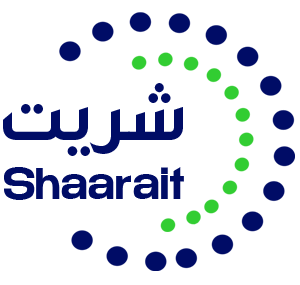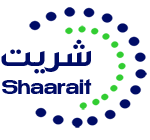Integrate Across Your Ecosystem
System integration offers organizations the benefit of creating complex solutions where all systems are systematically coordinated with each other and work in perfect synchronization.
Integration
Bridged Different Systems
Integrate a variety of systems with a smart integration platform that serve various business needs.

What is system integration?
In very broad terms, system integration is the process of connecting different sub-systems (components) into a single larger system that functions as one. With regards to software solutions, system integration is typically defined as the process of linking together various IT systems, services and/or software to enable all of them to work functionally together.
While system integration might seem cut-and-dried, there are a few approaches to it. There’s horizontal integration, vertical integration, star integration, and common data format.
Horizontal integration (also known as an enterprise service bus) involves the creation of a unique subsystem that serves as the single interface between all other subsystems. This ensures there is only one interface between any subsystem. It can be replaced with another interface without affecting the others by using different data and interfaces.
Through the vertical integration approach, subsystems are integrated according to functionality. You create silos of functional verticals from the bottom upward. The advantage to the vertical integration approach is that it is quick because it only involves a few vendors and developers; however, it becomes more expensive over time as you must create new silos over time to implement new functionalities.
What are reasons for using integration?
IT integration solution should be used when you want to:
- make a different IT system integration.
- create a continuous exchange of messages between different IT systems.
- improve the quality of work and satisfaction of your customers.
- provide for the exchange of data between databases supplied by different vendors.
- implement selected features of one of the systems in other applications.
- consolidate solutions in a single IT environment.
- start new systems on new platforms
- extend the functionality by upgrading the software version.
What are the benefits of system integration?
- Optimization of business processes through the increased exchange of information between different IT systems
- Increased productivity in the company through access to all the resources of the organization
- More thorough job analysis and reporting systems to ensure access to a wider range of data
- Ensuring the smooth flow of information between different systems and areas of the company
A flexible integration solution is a requirement to optimize the processes across the whole organization
System Integration Services
OFFERINGS
DELIVERING WORLD-CLASS ENTERPRISE INTEGRATION SOLUTIONS
Shaarait delivers world-class enterprise data integration and solutions in Kuwait for ERPs, CRMs, business partner backend systems, meters, smart-grid connected devices, and other systems to ensure that organizations get the data they need.




